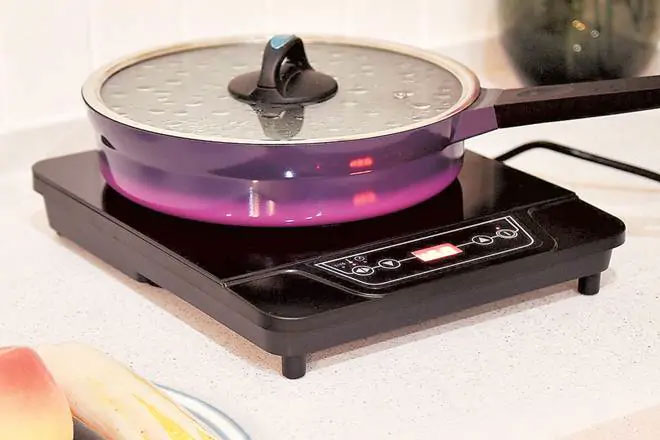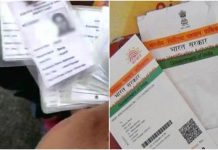Power to the kitchen: Govt to promote electricity as cooking fuel.

After the completion of 100% household electrification through the Saubhagya scheme, the government is now exploring ways to increase the usage of electricity for cooking. Apart from reducing emissions, electricity-based cooking is also seen to reduce the country’s import dependency for energy. Experts are also banking on rising solar generation capacity to completely replace kerosene as a source of cooking fuel.
The Ministry of New and Renewable Energy (MNRE) has requested the Ministry of Petroleum and Natural Gas (MoPNG) to divert a part of the cooking gas and kerosene subsidy (around Rs 25,000 crore/year) towards solar photovolataic (PV) cooking.
“We have no such mechanism to transfer subsidy amount towards solar cooking,” a senior MoPNG official told FE. The MNRE proposed that out of the Rs 50,000 required to install solar PV cooking systems in a household, the MoPNG could pay `20,000 as subsidy, while the rest could be mobilised through bank loans. The petroleum ministry is understood to have given its comments to MNRE on this issue.
As FE reported earlier, recognising the fact that subsidies on liquefied petroleum gas (LPG) were creating distortions in adopting cleaner forms of fuel, the NITI Aayog had suggested to the MoPNG that beneficiaries of LPG subsidy should instead be given a ‘cooking subsidy’ to allow consumers the freedom to decide on the cooking fuel variant.
According to a NITI Aayog study, the consumption of 8 to 10 LPG cylinders (14.2 kg each) per year is equivalent to electricity consumption of nearly 4 units per day. With more than 25 crore active LPG consumers, India imports 50% of its LPG requirement. The MoPNG estimates that with the renewed focus on LPG usage thanks to the Ujjwala scheme, the demand for LPG is likely to go up further by 34% by 2025, raising import bills.
A recent report published by the International Institute for Sustainable Development noted that the elimination of kerosene subsidy would avoid 4.4 MT of oil import every year. “Shifting subsidies from kerosene to off-grid solar photovoltaic products is one way to fund the energy transition for marginalised households,” the report said.
The average monthly household kerosene consumption is estimated at 2.63 litre. Though kerosene consumption has more than halved in the past decade to 3.8 MT in FY18, kerosene subsidy expenditure was still as high as `4,778 crore in FY18.
With the rising penetration of electric cooking, Brookings India estimated that culinary power demand may add 48 to 72 billion units of consumption by 2030. The projection was subject to uncertainties related to service demands, technologies, policy allocations and enabling infrastructure.
While reviewing the progress of the key infrastructure sectors in August 2018, Prime Minister Narendra Modi had urged officials to promote user-friendly solar cooking solutions by utilising benefits of rising solar energy capacity.






























